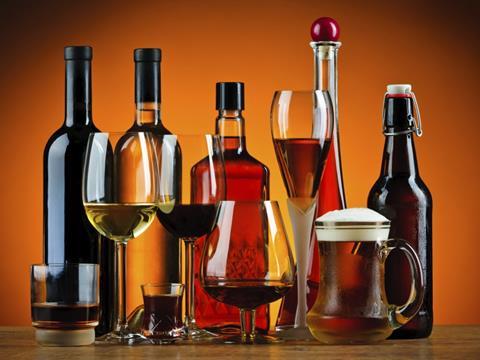
The start of the year is always a tough time for alcohol brands. As consumers everywhere waddle down to the gym, take out an optimistic year’s membership and battle the inevitable repercussions of Christmas excess, heading to the local bar is often the last thing on their minds. In recent years we’ve also seen an increase in anti-drinking campaigns such as Dry January.
This year, fmcg researcher Canadean has seemingly only added to brands’ new year woes. Its survey of 2,000 UK consumers found 77% of those who drink regularly in pubs, bars and clubs stick to tried and tested favourites, with little desire for experimentation; 21% said there were no new drinks they liked, while 14% were ‘unaware’ of brands’ newest creations.
When added to the never-ending news reports about the dwindling of the on-trade and the closing of pubs up and down the country, this survey paints a pretty bleak picture for alcohol brands attempting to get consumers to try new flavours and creations in out-of-home settings.
“The task of converting apathetic drinkers is not hopeless”
Despite this, there are plenty of examples of brands shaking off sector conventions to gain new fans. In 2012, Murphy’s When it Rains it Pours app offered Irish consumers a free pint when rainfall in Cork reached 2mm on any given day. Thankfully, that summer was the wettest in Ireland for 40 years, leading thousands of consumers to head to their local to redeem a drink (with the app supported by digital videos to reach audiences unfamiliar with Murphy’s). The run-off of increased brand loyalty and exposure led to Murphy’s first boost in sales for over seven years, an additional 25,000 names for the brand’s CRM database, and a Gold Award at the European Integrated Marketing Communications Awards.
Similarly, Bulmers made good use of mobile activation with its The Bulmers Way campaign. An app allowed consumers to compare their just-poured pint with a ‘perfect serve’ via augmented reality technology. An additional Rate Your Bulmers element also turned consumers into mystery shoppers, allowing them to show others where to get the perfect pint. All this was driven by a collaboration with ticket exchange site GetMeIn! to offer incentivisation for engagement for those new to the brand.
Unique digital activity may win awards, but the importance of raising brand profile in the on-trade cannot be overestimated. Martini has used an extensive programme of bartender training, supported with social activity driving consumers to the relevant nightspots serving its products, to encourage consumers to expand their selection at point of purchase. Meanwhile, Havana Club decided to set up its own unique pop-up bar, The Mojito Embassy, offering incentives for French consumers to try its rum in a ‘Cuban’ setting.
The task of converting apathetic drinkers into brand enthusiasts is, then, by no means a hopeless one. By using thoughtful digital activity that builds on existing brand values and continued partnership with the on-trade, brands can turn the fortunes of the out-of-home drinking sector around.
Martin Broad is senior insight analyst at Ebiquity



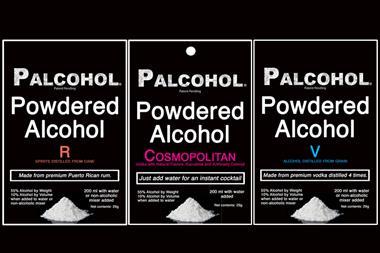

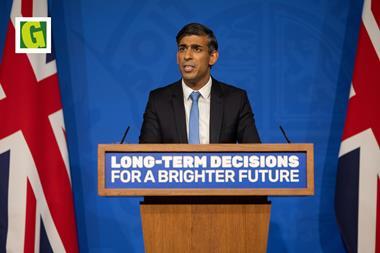
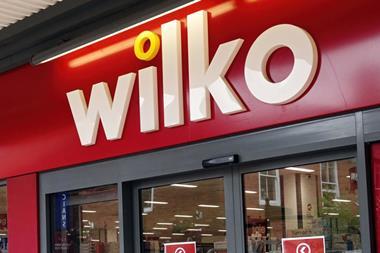
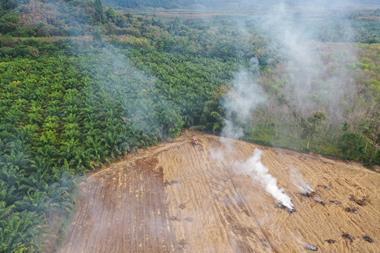
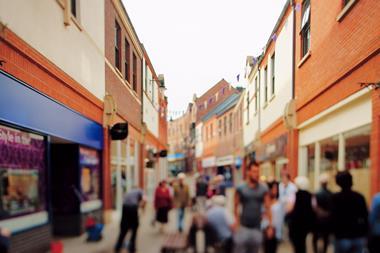

No comments yet